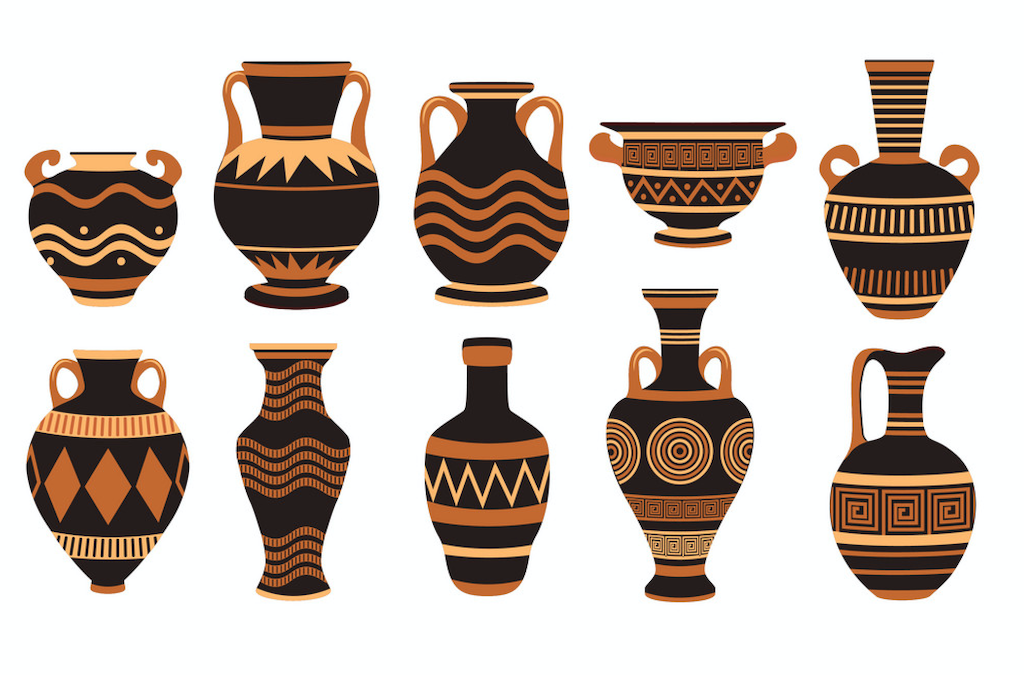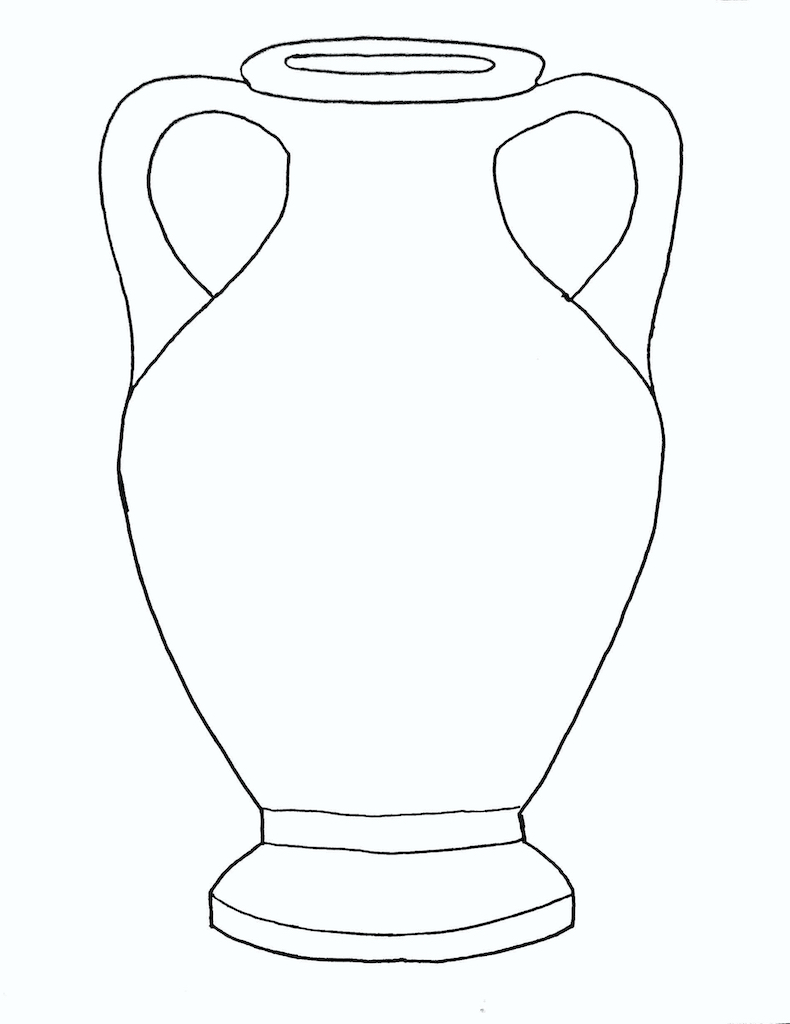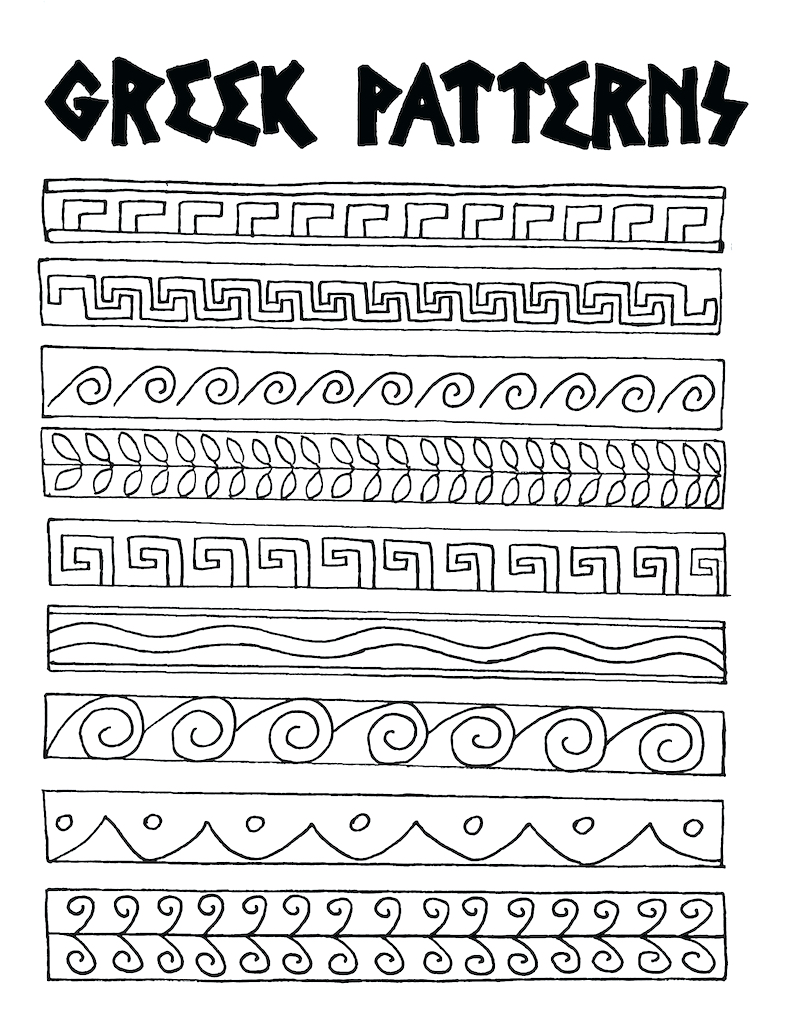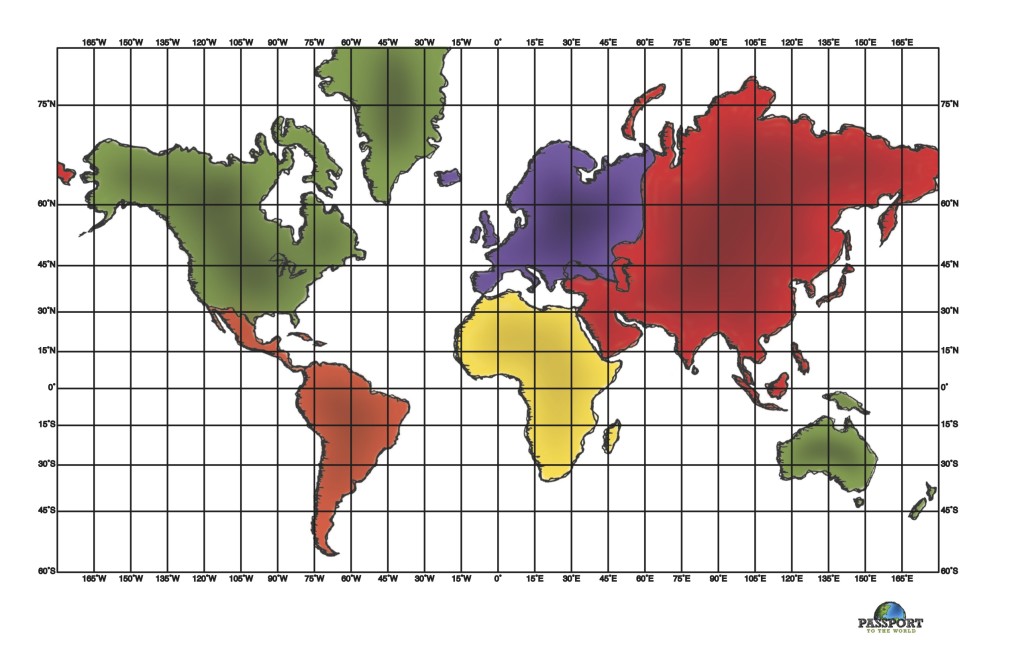ART THAT INFORMED
Because ancient Greek pottery was made out of a relatively durable material, it has stood the test of time and. Because of its durability, a relatively large quantity of this pottery still exists – over 100,000 painted vases. Both the quality and quantity of the pottery has kept still in existence, its presence has shaped modern understanding of ancient Greek culture and society.
Pottery of various types and shapes were used. Some of the vessels were used for utilitarian or functional purposes, such as holding water or wine. Other large geometric-patterned urns, called amphorae, were used as grave markers. Some pieces seem to have been looked at simply as objects of art, especially figurines. Highly decorative pottery pieces also have been reserved for the elite in Greek society and used for home decoration.
Four major styles of ancient Greek pottery were widely circulated: geometric, Corinthian, red-figure and black-figure pottery. Their names were based on the type of clay used, the colors the paints turn when fired, and the artistic influence or style of the piece.
View images of Ancient Greek Urns here: s://youtu.be/hnWMM6Hf0oE
Let’s make our own pottery!
Materials:
- Greek Pot Template printed on white paper or card stock
- Greek Pattern Template printed on white paper or card stock
- Scissors
- Black markers (one per student)
- Crayons
- Optional: Scissors, colored card stock or construction paper, glue.
Instructions:
- Instruct students to choose pick the patterns on the template above that that they like to use to decorate their urns.
- Students may desire to use a pencil to first draw their chosen patterns on their pottery.
- Next, students should go over the pencil patterns with a black marker.
- If desired or as time permits, color the background of the pot and patterns with crayons.
{Note: Make this more challenging by allowing students to create their own Greek patterns.}
Optional: Cut out the urn template (including the handles). Glue to a black piece of card stock or construction paper.
God provides for his creation by supplying earth’s raw materials, as well as providing humankind with the creative thought and problem-solving skills needed to produce art, as well as useful tools for living.




